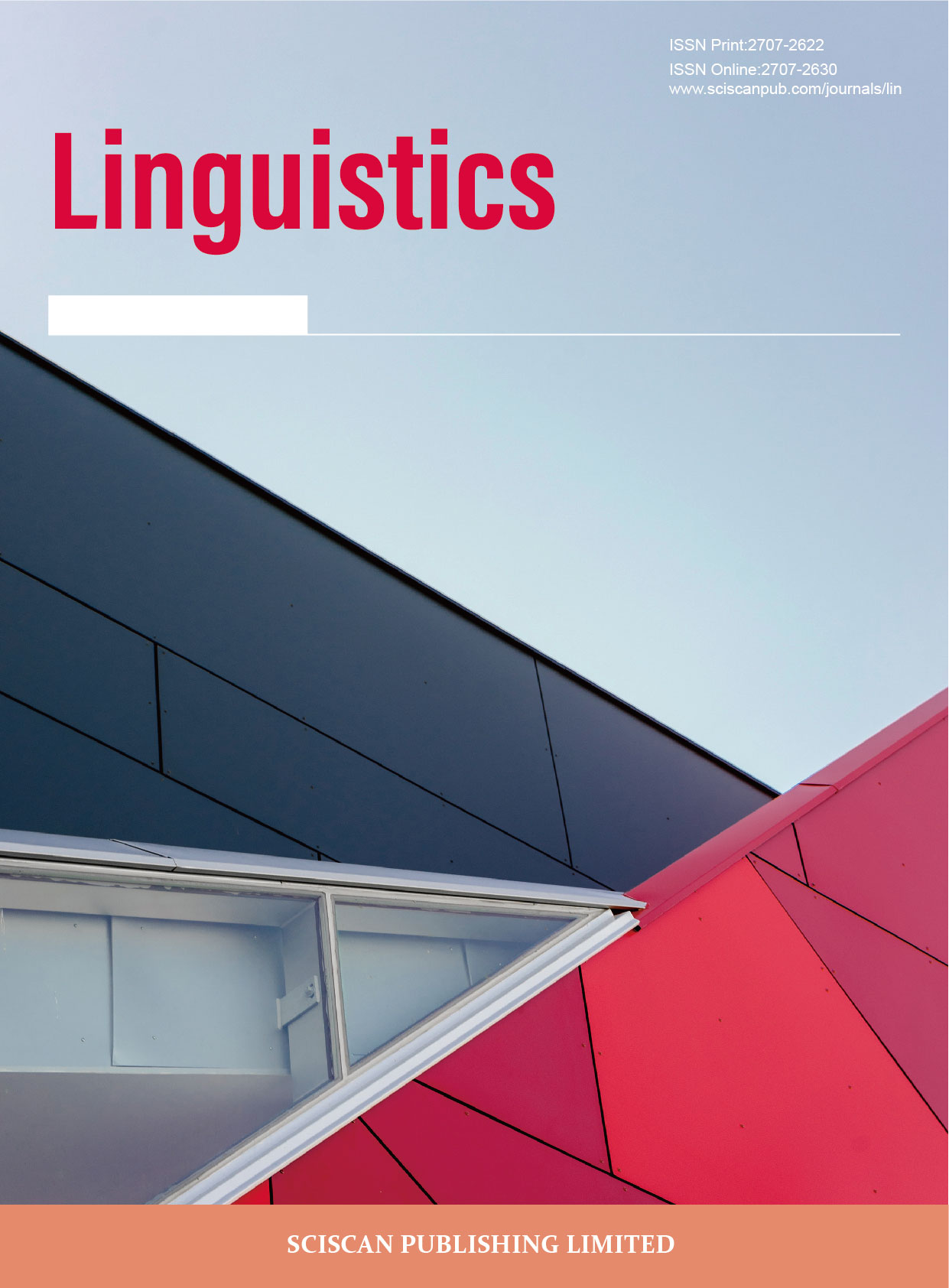Subscribe to the latest published information from SCISCAN
Analysis of ChatGPT’s Place Name Translation Errors: A Case Study of Thai Translations of Place Names in Nanjing
- Authors: Gu Yesuo Zhang Jianlong Mo Ran Zeng Junlan
-
Information:
School of Foreign Languages, Nanjing Tech University Pujiang Institute, Nanjing, China
- Keywords: ChatGPT; Place Names; Thai Translation; Human-AI Collaboration
- Abstract: This study investigates the accuracy of ChatGPT in translating Nanjing’s place names from Chinese into Thai, identifying key challenges that impact translation quality. The most frequent error type is phonetic transcription errors, which account for 33.80% of all errors. This highlights the significant difficulty in accurately converting Chinese phonetics into Thai. Translation deviations follow at 14.08%, representing cases where the translation partially captures the intended meaning but fails to fully convey it. Cultural background omissions, at 8.45%, reveal the system’s struggle to incorporate cultural and historical context into translations. Additionally, grammatical structure errors (4.23%) and lack of referential function (2.82%) indicate limitations in handling syntactic differences and spatial references between the two languages. Despite 28.17% of translations being correct, the high prevalence of phonetic and contextual errors underscores the need for improvements in phonetic accuracy, cultural awareness, and syntactic precision in ChatGPT’s translation capabilities. To address these shortcomings, this study proposes a collaborative human-machine model that integrates cultural knowledge databases, phonetic optimization techniques, grammar enhancement tools, specialized translation modules, and post-editing mechanisms. This approach ensures historical and contextual accuracy, refines phonetic transcription through pinyin-to-phoneme mapping, and strengthens syntactic alignment. Furthermore, the incorporation of Named Entity Recognition (NER) and Translation Memory (TM) technologies enhances consistency and linguistic precision, significantly improving the system’s ability to handle complex place name translations.
- DOI: https://doi.org/10.35534/0701005
- Cite: Gu, Y. S., Zhang, J. L., Mo, R., & Zeng, J. L. (2025). Analysis of ChatGPT’s Place Name Translation Errors: A Case Study of Thai Translations of Place Names in Nanjing. Linguistics, 7(1), 50 - 60.














